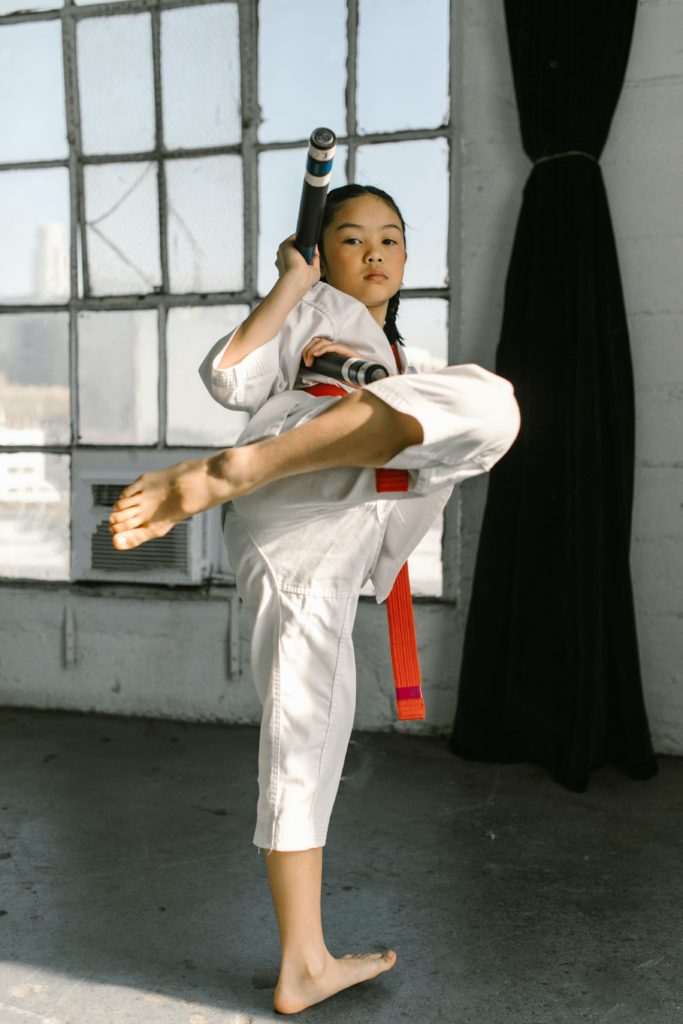The skill of critical thinking is widely overlooked in our fast-paced and highly distracted world. Yet many of the creative people you might admire may have a solid foundation in the art of critical thinking, but you just didn’t recognize it. To be fair, let’s start with a definition. Critical thinking is the intellectually disciplined process of actively and skillfully conceptualizing, applying, analyzing, synthesizing, and/or evaluating information gathered from, or generated by, observation, experience, reflection, reasoning, or communication, as a guide to belief and action.
It involves the prefrontal cortex of our brain, the part of our brain the is involved in the executive function. In other words, it’s the CEO of the brain. The part of the brain responsible for making decisions.

Why the Ability to Think Critically Is Important
Have you ever wondered what heights you could rise to in your personal and professional life if you put all of your thinking power into focus? What if you knew the secret of thinking so that your life would improve tenfold and help you achieve your goals in life?
First of all, critical thinking starts early in life and is developed over time. It is however like any other skill that can be developed over time. You don’t just wake up one morning and say, “I think I’ll become a critical thinker today.” You don’t “will” it into happening. It can take years to develop. In some older citizens, you may recognize it as, “wisdom.” The good news is that you don’t have to wait until old age to become a critical thinker, you can start wherever you are and intentionally develop this skill.
The only paths through which a person can develop insightful thinking are by knowing and accepting the truth that there are flaws in your thinking. You must also constantly practice becoming a thinker who can effectively solve problems through logical thinking rather than just emotions. No shade, emotions are important. How you feel is real, however, good sound decisions are typically formed in the front of the brain, not the back end.
Becoming a critical thinker can help you develop strategies where you overcome the obstacles that life presents. Here are some obstacles you may want to obliterate from your life – and that’s possible with critical thinking:
- Analyze the influences in your life. Learn to make your own decisions rather than falling under those influences.
- Get your ego under control. Your ego may be keeping you back from advancing at work and from developing better relationships. Critical thinking can help you think without the influence of an inflated ego.
- Solve problems. Being too scattered to solve problems and “thinking” with emotions usually doesn’t solve anything. Using critical thinking can help you get in touch with your emotions and solve problems through logical thinking.
- Stop wasting time. You may be wasting entire days of productivity by going in many directions at once. Critical thinking can teach you how to evaluate your time and spend it wisely.
We all have a great capacity to think critically and to improve our lives immensely, but most of the time, it’s dormant. That’s because it’s undeveloped. We can make it better with practice, just as we would when learning a musical instrument or new sport.
Non-critical thinking is a habit that we’re not even mindful of most of the time. We sit, staring at a mindless program on television, playing mindless video games, scrolling on social media, or engaging in gossip or other pursuits that don’t require critical thinking.
If you want to develop the traits of a critical thinker, know that you must study and research – then, practice what you’ve learned daily. It’s worth the effort.

5 Barriers to Critical Thinking
Critical thinking is essential to using your overall experience, background, common sense, and other attributes to become more aware of how your efforts for success are being spent. When you have barriers to the critical thinking process, it can seriously harm your ability to move forward.
When you’re aware of these barriers, you can better overcome them and focus your thinking on what’s going to move you forward rather than getting stuck behind a barrier – unable to move forward.
Here are five barriers that can hinder the critical thinking process:
- Thinking in Black or White – You can ignore a situation’s complexities by thinking that there’s only one way to solve a problem. The problem is placed in a category, given a label, and you’re done. Thinking in black and white comes from our need to have immediate certainty in our lives, but it’s false logic to assume that everything is totally one way.
- Thinking with the Ego – Egocentrical thinking is thinking with a lack of understanding others’ wants and needs. It limits your thinking to only your point of view and doesn’t leave room for others’ ideas, thoughts, or opinions. This thinking process is deeply embedded in our psyches, and it takes deliberate effort to overcome it.
- Social Thinking – I like to refer to this as groupthink or “cult inspired” thinking. It is the drone mentality of social thinking that only lets us see things in the way of the popular point of view – or the way that our spouse, companions, parents, friends, or other group think. Thinking outside the box is almost impossible when you have a barrier of social thinking and it can greatly impede the critical thinking process.
- Authoritative Thinking – Just because someone in authority says it’s true doesn’t mean it is. You’ve likely been swayed at one time or another by political leaders who say one thing is true only to find out later that it was a lie or a misleading way of thinking. The authority could be a person, peer group, institution, or anything that makes you think that they’re right because they’re in an authoritative position. Use your head and think for yourself.
- Judgmental Thinking – When you judge something or someone based on moral evaluation it’s usually done in haste and based on our past in some way – such as the way we were raised, educated, or traumatized. Judgmental thinking is usually non-rational thinking and can block understanding and insight about a person or an issue. Ask yourself this, what’s more important, being right or helping someone?
It’s important that we recognize our own barriers to the critical thinking process and replace those barriers with rational and reasoned thinking and then make a concentrated effort to avoid them.

Critical Thinking and Creativity
Critical thinking and creativity go hand in hand. Critical thinking enables you to look objectively at a problem, issue, object, or person and take into consideration the entire picture. Creativity enables you to take that entire picture and look at it in a new way. While some may think of critical thinking as more scientific, while creative thinking is more abstract, they’re more alike than they are different.
The creative person is likely to be seen as an imaginative and emotional type such as artists, writers, and philosophers. A critical thinker is more likely to be thought of as a scientific genius who may be skeptical and lacking in imagination and creativity. Actually, both types are masters of the thought process.
The reasoning process of critical thinking shows imagination to be able to proceed to the next level. Critical thinking is present in creativity by carrying the thought process further than critical thinking logic and presenting it in a creative light. Great critical thinking minds throughout history could never have brought their inventions to light without the streaks of creative thinking that took them beyond the realm of logic.
Here are some attributes that are similar in both critical and creative thinkers:
- Interested in exploring new possibilities.
- Challenge assumptions and standard ways of thinking.
- Imagining alternatives to a situation or problem.
- Have multiple perspectives on everything.
- Use trial and error experimentation methods.
- Thinks about new ways of doing things.
The phases involved in critical and creative thinking are also similar. For example, both types of thinking are triggered by a thought or even that takes the thinking process outside the realm of common thinking.
Then, the thoughts are appraised and clarified, opening the door for ways to explore the thought and how to present it to others. This leads the way to develop alternative ways to think and then implementing the thinking process through inventions, writing, art, or other ideas.
Both types of thinking also require a large measure of self-confidence and the ability to think of and present multiple ways to view a situation or problem. To promote both critical and creative thinking a person should have an inquiring mind that drives them to read, to engage in out-of-the-box thinking, and to try things that are outside what they would usually do to try.
Critical and creative thinking can complement each other by bringing new ideas and ways of thinking into your life. Remember to engage the process of critical thinking in all areas of your life, not just a chosen few.
Be well + prosper,
Elaine xx
